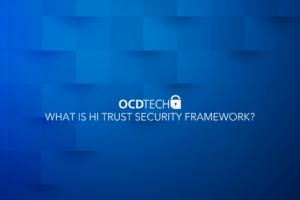The National Institute of Standards and Technology (NIST) has recently released the draft of Cybersecurity Framework 2.0, providing organizations with updated strategies and insights to safeguard against ever-evolving cyber threats. This article offers a concise overview of the critical updates and implications of the new framework.
NIST framework update, which has been released for public comment, reflects changes in the cybersecurity landscape and makes it easier to put the CSF into practice — for all organizations.
The CSF 2.0 draft reflects a number of major changes, including:
The framework’s scope has expanded, explicitly from protecting critical infrastructure, such as hospitals and power plants, to providing cybersecurity for all organizations regardless of type or size. This difference is reflected in the CSF’s official title, which has changed to “The Cybersecurity Framework,” its colloquial name, from the more limiting “Framework for Improving Critical Infrastructure Cybersecurity.”
Until now, the CSF has described the main pillars of a successful and holistic cybersecurity program using five main functions: identify, protect, detect, respond and recover. To these, NIST now has added a sixth, the govern function, which covers how an organization can make and execute its own internal decisions to support its cybersecurity strategy. It emphasizes that cybersecurity is a major source of enterprise risk, ranking alongside legal, financial and other risks as considerations for senior leadership.
The draft provides improved and expanded guidance on implementing the CSF, especially for creating profiles, which tailor the CSF for particular situations. The cybersecurity community has requested assistance in using it for specific economic sectors and use cases, where profiles can help. Importantly, the draft now includes implementation examples for each function’s subcategories to help organizations, especially smaller firms, to use the framework effectively.
A major goal of CSF 2.0 is to explain how organizations can leverage other technology frameworks, standards and guidelines, from NIST and elsewhere, to implement the CSF. Bolstering this last effort will be the launch of a CSF 2.0 reference tool, which NIST plans to release in a few weeks. This online resource will allow users to browse, search and export the CSF Core data in human-consumable and machine-readable formats. In the future, this tool will provide “Informative References” to show the relationships between the CSF and other resources to make it easier to use the framework together with other guidance to manage cybersecurity risk.
Let OCD Tech help, contact our team of experts!
Source: https://csrc.nist.gov/News/2023/nist-releases-cybersecurity-framework-2-0-draft




